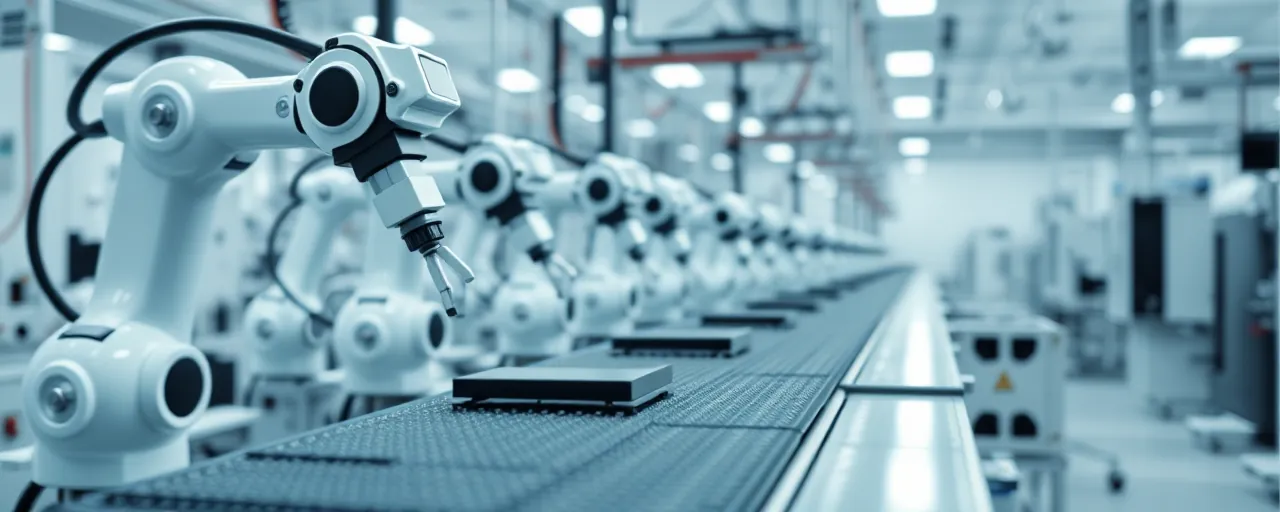A New Era for American Tech
A wave of investment is sweeping through the United States, with companies like NVIDIA leading the charge. The chipmaking giant recently announced plans to manufacture its AI supercomputers entirely on American soil, a move that underscores a broader push to bring advanced technology production back home. Over the next four years, NVIDIA alone expects to pour $500 billion into building AI infrastructure, with new facilities in Arizona and Texas set to anchor this effort. It’s a bold step, and it’s not happening in isolation.
This surge in domestic tech investment arrives at a time when businesses and policymakers alike are rethinking global supply chains. From semiconductors to artificial intelligence, the U.S. is positioning itself as a hub for innovation, driven by both economic ambition and national security concerns. But what does this mean for workers, communities, and the environment? The answers are complex, and the stakes are high.
Jobs, Growth, and a Shifting Landscape
The numbers are staggering. Alongside NVIDIA, companies like OpenAI, Oracle, and Apple have committed hundreds of billions to AI and chip production. Last year, these investments fueled up to 20% of U.S. GDP growth, outpacing even the dot-com boom of the late 1990s. New factories in states like Ohio and Arizona promise thousands of jobs, from construction workers to engineers. For communities hit hard by decades of industrial decline, this feels like a lifeline.
Yet not everyone’s convinced the benefits will trickle down evenly. While high-tech jobs are multiplying, many require specialized training that’s out of reach for the average worker. Some economists point out that automation, powered by the very AI systems being built, could displace low-skill jobs faster than it creates new ones. Meanwhile, foreign companies like Taiwan’s TSMC, which is also building U.S. plants, highlight the global nature of this race. The U.S. isn’t just competing with itself—it’s up against the world.
Security and Supply Chains in Focus
Beyond economics, there’s a deeper reason for this push: national security. For years, the U.S. relied on overseas manufacturers, particularly in Taiwan and South Korea, for cutting-edge chips that power everything from smartphones to fighter jets. Geopolitical tensions, especially with China, have exposed the risks of that dependency. By bringing production home, companies like Intel and NVIDIA aim to secure supply chains critical to both defense and innovation.
Legislation like the CHIPS Act has poured billions into these efforts, but hurdles remain. Delays in funding and a shortage of skilled workers could slow progress. Some analysts argue that focusing too narrowly on domestic production might strain ties with allies like India or Japan, who are also key players in tech. Still, the momentum is clear: the U.S. wants control over its technological future.
The Energy Question
There’s another catch—energy. AI supercomputers and data centers are power-hungry beasts. Experts predict that by 2030, AI workloads could consume ten times the electricity of today’s data centers. This has sparked a scramble for sustainable solutions, from modular nuclear reactors to advanced cooling systems. Companies like Microsoft and Amazon are investing heavily in renewables, but scaling up fast enough to meet demand is no small feat.
Local communities near new facilities are already raising concerns. In Texas, where NVIDIA plans to assemble its supercomputers, residents worry about strained power grids and rising utility costs. On the flip side, these projects are driving innovation in green tech, with startups racing to develop efficient energy systems. It’s a high-stakes balancing act between growth and responsibility.
Looking Ahead
The tech boom reshaping the U.S. is both a promise and a challenge. Jobs are being created, supply chains fortified, and entire regions revitalized. But the pace of change brings real risks—uneven economic gains, strained resources, and the need for careful planning. Policymakers, businesses, and communities will need to work together to ensure this moment delivers for everyone, not just a select few.
As factories rise and AI systems grow smarter, one thing’s certain: the decisions made today will echo for decades. The U.S. is betting big on its technological edge, and the world is watching to see if it can deliver.
